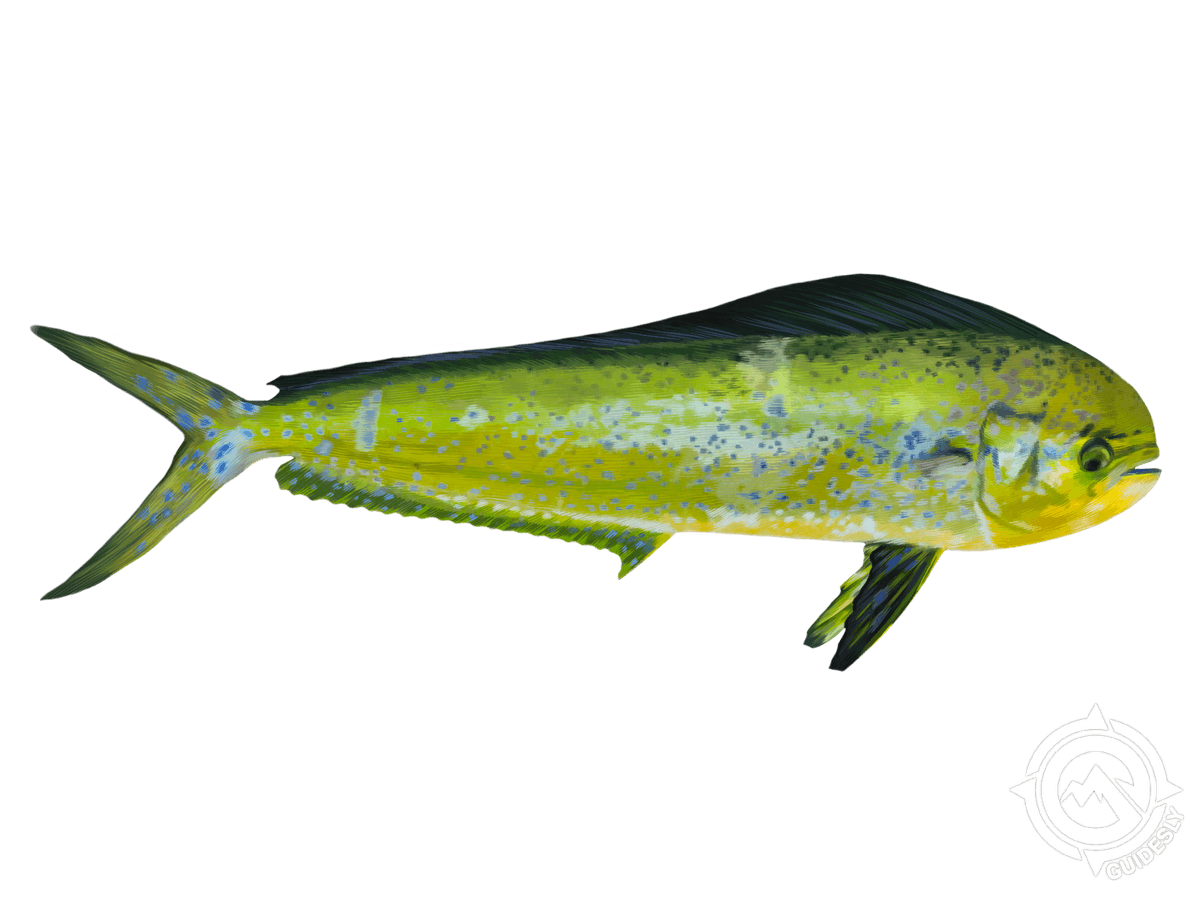Elite Spearfishing at Great Barrier Reef, Andros
- Published Date: July 17, 2025
- Fishing
- Andros, Bahamas
- $1,350 - $2,400 price range
- Updated Date: August 31, 2025
Summary
%2F%2Fusers%2F29ac9333-6437-4a6a-9a0f-c78863564d61%2Fratecard%2Fspearrate-2.png&w=1200&q=75)
Underwater Hunt Highlights
Full Day Fishing Adventure in Nassau's Waters
Get ready for an action-packed day on the sparkling waters of Nassau, Bahamas. We're talking about a full-day fishing trip that'll have you reeling in some of the most sought-after game fish in these parts. Whether you're a seasoned angler or just getting your feet wet, this trip's got something for everyone. We'll be chasing after barracuda, amberjack, and a whole lot more. So grab your hat and sunscreen, and let's hit the water!
What to Expect on the Water
We'll kick things off bright and early, meeting up at the docks around 8 AM. The morning air's crisp, and the water's calling our name. Our captain knows these waters like the back of their hand, so we'll be heading straight for the hotspots. We've got room for up to 4 anglers on board, so bring your buddies or make some new ones. Just a heads up - we don't provide meals on this trip, so pack a cooler with your favorite snacks and drinks to keep you fueled throughout the day. And don't worry about gear - we've got top-notch rods and reels ready for you.
Fishing Techniques & Hotspots
In these Bahamian waters, we mix it up with different fishing techniques to maximize our chances. We'll start off trolling along the reef edges, dragging lures that mimic baitfish to entice those big barracuda and amberjack. When we find a productive spot, we might switch to bottom fishing, dropping lines down to where the grouper and snapper hang out. If the conditions are right, we might even do some light tackle casting around the mangroves for some exciting sight fishing. The captain's always got an eye on the sonar, looking for those telltale signs of fish schools or structure where the big ones like to hide.
Top Catches This Season
Nassau's waters are teeming with game fish, and we've got our sights set on some real beauties. Mahi Mahi, or as we locals call 'em, dorado, are always a crowd-pleaser with their acrobatic fights and stunning colors. The Greater Amberjack, now there's a fish that'll test your arms - these bruisers can pull like a freight train. Hogfish might not be the biggest, but they're crafty and make for some of the best eating you'll ever have. And let's not forget about the Great Barracuda - these toothy missiles will have your reel screaming in no time. For those looking for a real challenge, we've got Black Grouper lurking in the depths, ready to test your skills and your tackle.
Species You'll Want to Hook
Mahi Mahi, or Common Dolphinfish, are the acrobats of the sea. These vibrant fish are known for their spectacular aerial displays when hooked. They're fast growers and can reach up to 30 pounds in their first year. Spring and summer are prime times to catch these beauties, and they're not just fun to catch - they're delicious too!
Greater Amberjack are the heavyweight champions of the reef. These powerful fish can grow over 100 pounds and are notorious for their strength and endurance. They typically hang around wrecks and deep structures. When you hook one, be prepared for a battle that could last upwards of 30 minutes. The best time to target them is from late fall through early spring.
Hogfish might not be the biggest fish in the sea, but they're one of the tastiest. These unique-looking fish use their pig-like snouts to root through the sand for crustaceans. They're typically found around coral reefs and are a favorite among spearfishers due to their tendency to freeze when startled. The best time to target hogfish is during the cooler months from October to March.
Great Barracuda are the speed demons of the Caribbean. With their menacing teeth and lightning-fast strikes, they're an exciting catch for any angler. These predators can grow up to 6 feet long and are often found patrolling the edges of reefs. They're available year-round, but the bigger ones tend to show up in the cooler months. Just remember to handle them with care - those teeth are no joke!
Black Grouper are the prize catch for many deep-sea anglers. These bottom-dwellers can grow to impressive sizes, with some specimens weighing over 100 pounds. They're typically found near rocky bottoms and coral reefs. Black grouper are known for their initial powerful run towards structure when hooked, so you'll need to be quick on the reel to turn them. The best time to target these giants is during their spawning season from May to August.
Why Anglers Keep Coming Back
Nassau's got this magic that keeps fishermen coming back year after year. It's not just about the fish - though trust me, they're incredible. It's about that moment when the sun's just coming up over the horizon, and you're out there on the calm waters, rod in hand, waiting for that first bite. It's about the thrill of the fight, the high-fives when you land a big one, and the stories you'll be telling for years to come. Our trips are all about giving you that authentic Bahamian fishing experience, whether you're a seasoned pro or it's your first time holding a rod.
Time to Book Your Spot
Alright, folks, if you're itching to get out on the water and try your luck with some of Nassau's finest game fish, now's the time to lock in your trip. Remember, we've only got space for 4 anglers, so don't wait too long. Whether you're after that trophy barracuda or just want to spend a day soaking up the sun and reeling in whatever bites, we've got you covered. Bring your A-game, a good attitude, and get ready for a day of fishing you won't forget. See you on the boat!
Learn more about the animals
Black Grouper
Black Grouper are the brutes of the reef, averaging 2-4 feet long but sometimes topping 100 pounds. You'll find them hanging around reefs, wrecks, and ledges in 30-300 feet of water. They're most active in cooler months. Anglers love targeting these powerful fish for their hard-fighting nature and excellent table fare. Live bait like pinfish or grunts works well, but big jigs can also entice a strike. When you hook one, be ready for a battle - they'll dive straight for their rocky lairs. Heavy tackle is a must. The meat is firm, white, and delicious. Here's a local tip: when you feel that first bump, start reeling immediately. Black grouper inhale their prey whole, so a quick hookset is key before they retreat to structure. Get ready for some serious rod-bending action with these reef bruisers!

Great Barracuda
Great Barracuda are the toothy terrors of the reef. These sleek predators can reach 5-6 feet long and over 100 pounds. You'll find them lurking around reefs, wrecks, and channel edges in depths from 5-100 feet. They're active year-round but especially in warmer months. Barracuda are known for their lightning-fast strikes and aerial acrobatics when hooked. Trolling with tube lures or live bait works well, but nothing beats the excitement of sight-casting to one you can see. Their meat isn't prized, so most are caught for sport and released. Watch those teeth when unhooking - they're razor sharp! Here's a tip: when a 'cuda follows your bait without striking, try a quick pause and twitch. That often triggers an explosive hit. Get ready for some serious drag-screaming runs when you hook into one of these reef rockets!

Greater Amberjack
Greater Amberjack are hard-fighting bruisers that'll test your tackle and your stamina. These powerful fish average around 40 pounds but can top 100 pounds. Look for them around wrecks, reefs, and offshore structures in 60-240 feet of water. They're most active in spring and fall. Anglers love AJs for their sheer strength - they'll bulldoze straight for structure when hooked. Live bait like blue runners or sardines work well, but jigs can be deadly too. When you hook up, lock down the drag and hang on tight. AJs fight dirty and will try to wrap you around structure. The meat is good eating but can carry a risk of ciguatera in larger fish. Here's a local tip: when jigging, let it flutter on the drop - that's when most strikes occur. Get ready for sore arms after tangling with these reef donkeys!

Hogfish
Hogfish are a unique target that'll test your skills. These odd-looking fish with pig-like snouts average 2-3 feet long and prefer rocky areas and reefs in 30-100 foot depths. Spring and fall are prime seasons. Hogfish are prized for their sweet, delicate meat - some say it's the best-tasting fish in the sea. They're tricky to catch on hook and line, which is why many folks target them while spearfishing. If you're rod-and-reeling, use light tackle with small hooks and live shrimp or crabs for bait. Hogfish are wary, so a long fluorocarbon leader is a must. Here's a local secret: make some commotion on the bottom to stir up crustaceans. This often draws in curious hogfish looking for an easy meal. When you hook one, get ready for some determined tugging as they try to dive back into the rocks.

Mahi Mahi or Common Dolphinfish
Mahi Mahi are a colorful, fast-swimming gamefish that put up an exciting fight. They typically run 15-29 pounds but can reach up to 87 pounds. You'll find them near the surface around floating debris and weedlines. Spring and summer are prime seasons when water temps warm up. Mahi are known for their acrobatic leaps and blistering runs when hooked. Their meat is delicious too - mild and sweet. To target them, we'll troll with ballyhoo or squid, making the bait skip on the surface to mimic flying fish. Keep an eye out for frigate birds - they'll often lead you right to the Mahi. When you hook one, get ready for an adrenaline rush as they tear off on blistering runs. Mahi travel in schools, so once you find one, stick around - there's likely more nearby.

About the Cabin Cruisers
%2F%2Fusers%2F29ac9333-6437-4a6a-9a0f-c78863564d61%2Fvehicle_picture%2Fimage7.png&w=1200&q=75)
Vehicle Guest Capacity: 6
Manufacturer Name: Yamaha
Maximum Cruising Speed: 19
Number of Engines: 2
Horsepower per Engine: 150
%2Ffit-in%2F250x250%2Fusers%2F29ac9333-6437-4a6a-9a0f-c78863564d61%2Fimages%2Fe42874df-960b-4b93-b768-955d763c1507.jpeg&w=1200&q=100)


%2Fusers%2F29ac9333-6437-4a6a-9a0f-c78863564d61%2Fimages%2Fpotato-grouper-andros-town-2528.png&w=768&q=75)
%2Fusers%2F29ac9333-6437-4a6a-9a0f-c78863564d61%2Fimages%2Ffishing-fun-andros-town-2630.png&w=768&q=75)
%2Fusers%2F29ac9333-6437-4a6a-9a0f-c78863564d61%2Fimages%2Ffishing-andros-town-2366.png&w=768&q=75)
%2Fusers%2F29ac9333-6437-4a6a-9a0f-c78863564d61%2Fimages%2Flone-angler-andros-town-triumph-2558.png&w=768&q=75)
%2Fusers%2F29ac9333-6437-4a6a-9a0f-c78863564d61%2Fimages%2Ffishing-in-andros-town-2351.jpeg&w=768&q=75)
%2Fusers%2F29ac9333-6437-4a6a-9a0f-c78863564d61%2Fimages%2Fbest-great-fishing-trip-andros-2474.png&w=768&q=75)
%2Fusers%2F29ac9333-6437-4a6a-9a0f-c78863564d61%2Fimages%2Fsuccessful-fishing-andros-town-2386.png&w=768&q=75)
%2Fusers%2F29ac9333-6437-4a6a-9a0f-c78863564d61%2Fimages%2Fgreat-fishing-andros-town-2322.png&w=768&q=75)
